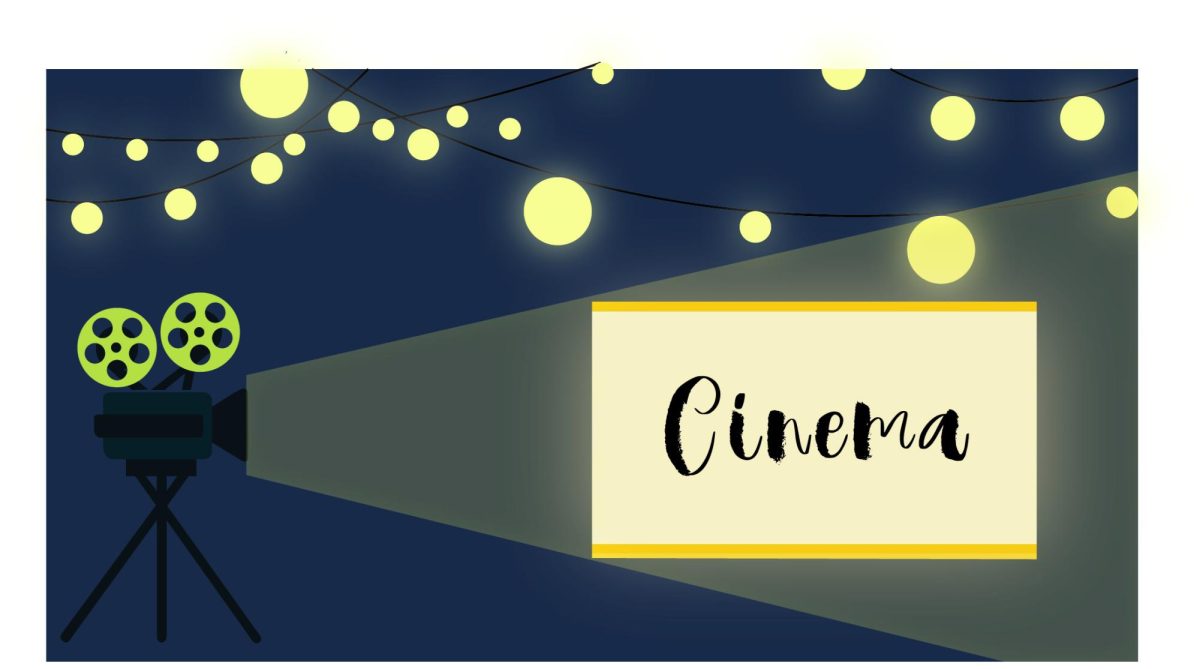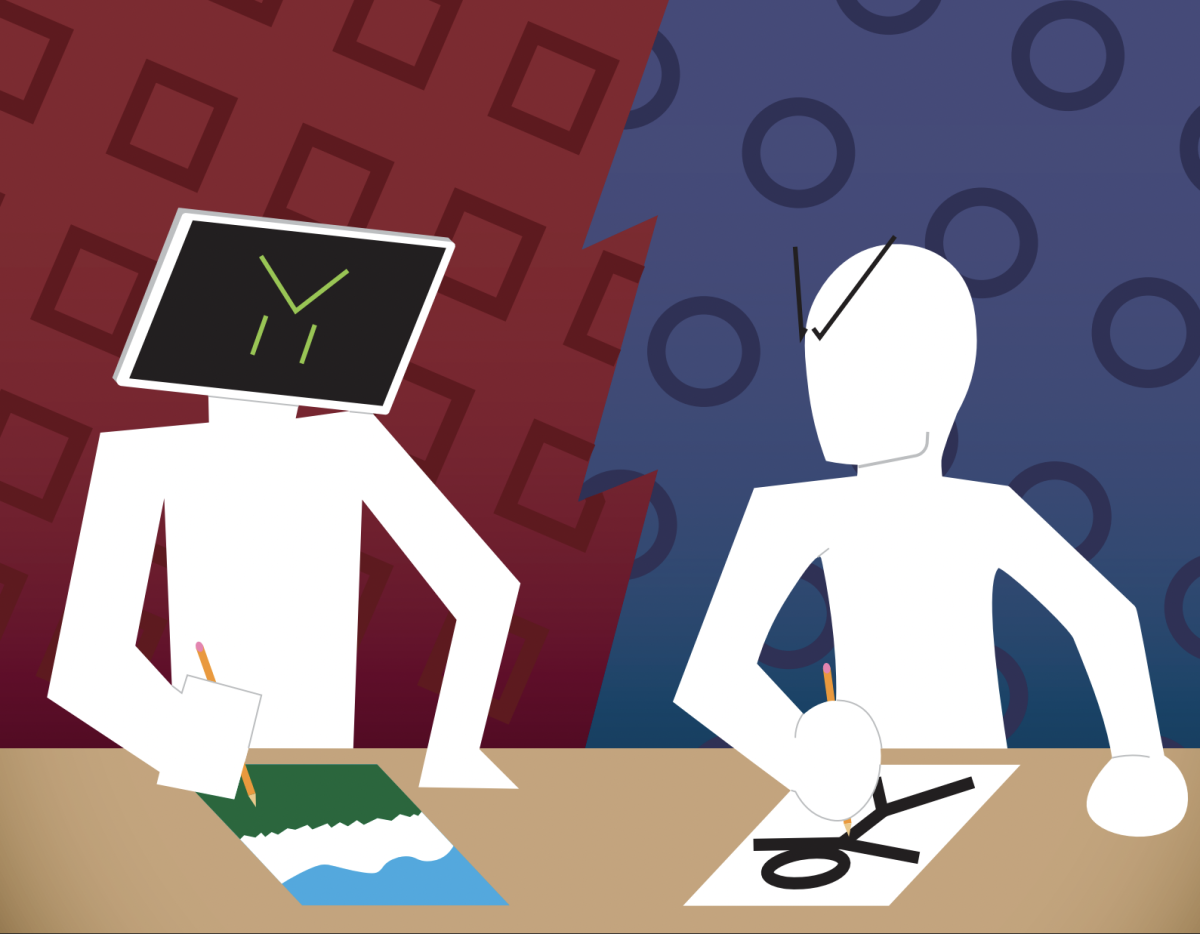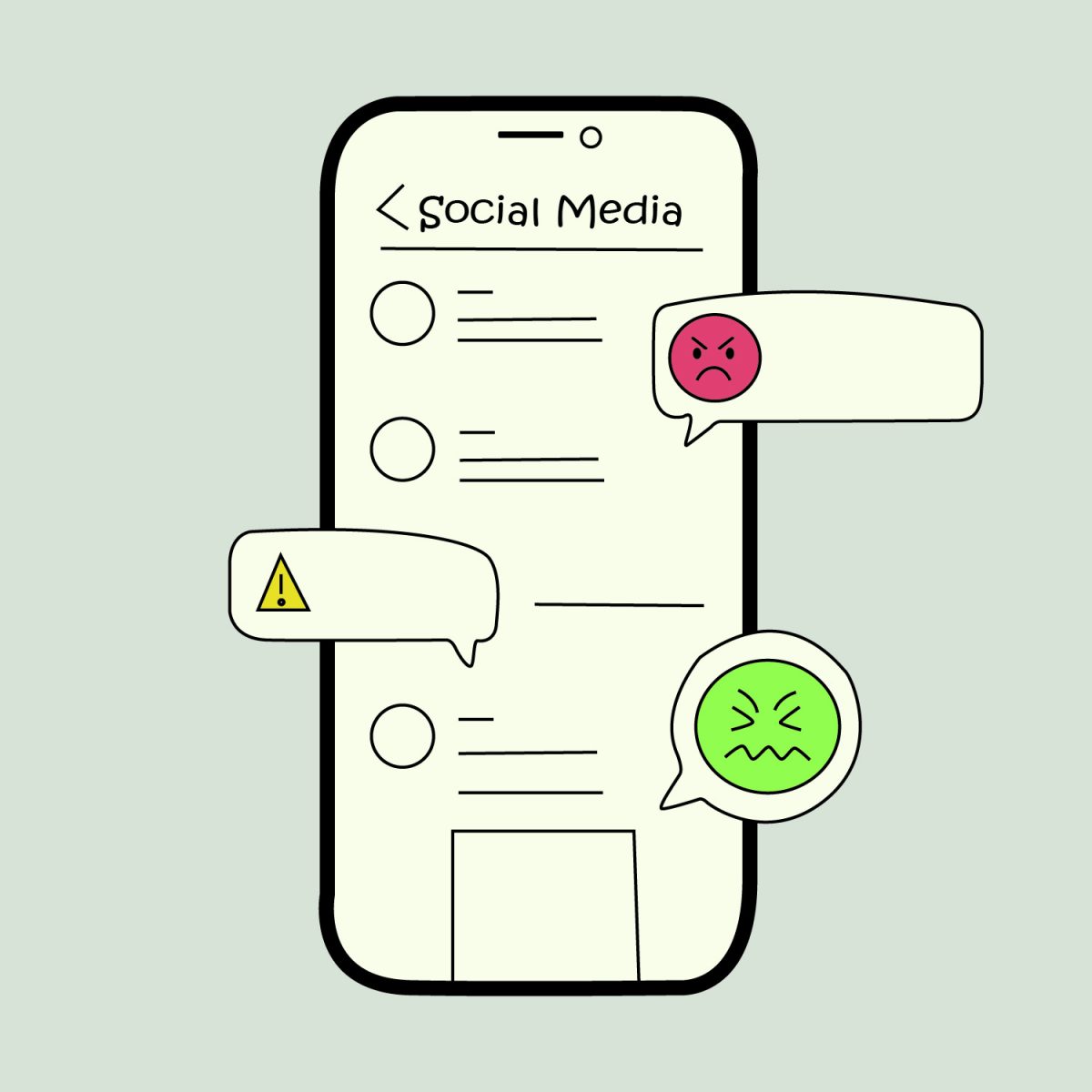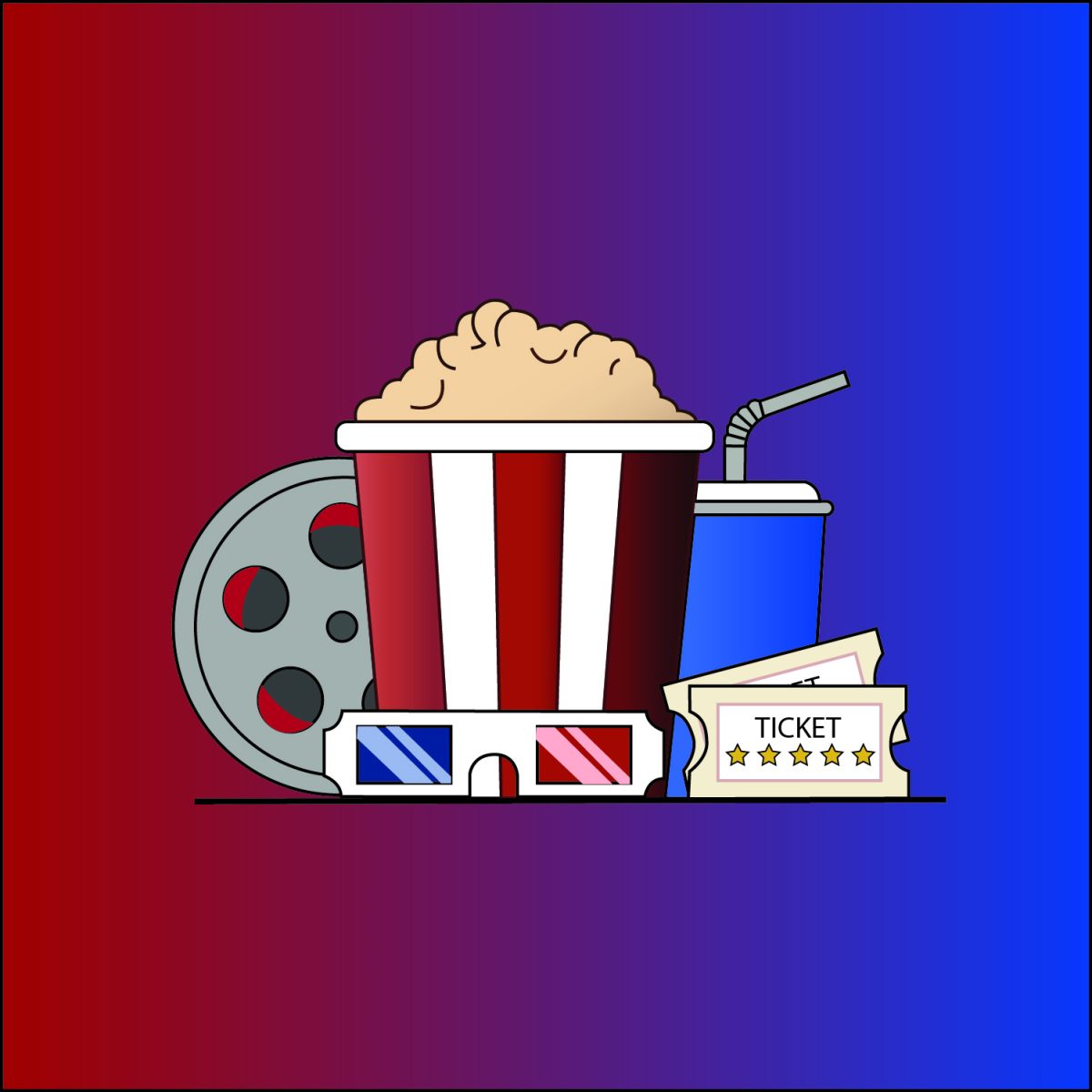Even at sixteen, I still vividly remember my first trip to the cinema. For a seven-year-old girl who was naive to the vast wonders of what movies represented, stepping into the theater felt akin to unlocking a portal to a whole new world ready to be explored. Even now nine years later the nostalgia and enjoyment of movies has not changed. Like many others my age, cinema has represented an aspect of our lives filled with entertainment and has provided an escape from the real world. From imaginative and fun animation to sweet romantic comedies, the trajectory of cinema has been everchanging. Now more than ever, the world of modern cinema has entered a new era, defining a new generation of storytelling and genres that have reshaped the idea of quality films and stories on our screens.
The most popular trend in modern cinema has been the rise of reboots and remakes. From the reboots of popular early 2000s shows like “Gossip Girl” and upcoming remakes of “How To Train Your Dragon” and “Mean Girls,” it seems that so much of what has been put out to the public revolves around taking things from the past. Movie Web says, “Everything is always based on something whether we are aware of it or not, and more often than admitted, films that turned out to be major hits have elements of less successful predecessors. Whether it be a theatrical release or straight to streaming, 2022 alone has been privy to callbacks to major film franchises through reboots and legacy sequels.” The most common criticism with reboots and remakes is that they can get tired fast. Senior Daniel Heechan Lim states, “I do not like them. I like original stories. I feel like at some point you lose a lot of creativity if you keep making the same things over and over.” As cinema continues to change it becomes a poignant reminder that the wonders of cinema not only lie in the repetition of the same stories but of new narratives and creativities.
Of course, one era of modern cinema that we cannot forget about is the Marvel phase. Flashy superheroes and high-budget action sequences dominated the movie scene for quite some time. I still recall the “Avengers Endgame” craze back in 2019 when social media was filled with people talking about the film. There is also the fact that during this time of Marvel movies in cinema, these were the movies that made the big bucks. In a PBS interview by John Yang and Matthew Belloni, they discussed the shifts in theaters post-COVID and what the majority of people come to the theaters to see. Belloni states, “Well, what we have seen is that there are some obvious ones like the big budget intellectual property-driven movies like The Superhero movies, or a movie like ‘Top Gun: Maverick’ or ‘Avatar’ that are big budget spectacle type movies, and then there are genres like horror. Horror still can draw an opening weekend audience, action movies, for certain types of stars, can draw moviegoers.” From experience I have seen that it is usually the mainstream movies with big names and a brand that pack the theater which usually means Marvel movies. However, nowadays superhero movies seem to be losing their popularity as people are starting to look at different genres for diverse storytelling.
Undoubtedly the rise of streaming services has brought a new level of comfort and accessibility to the industry but it’s not without its faults. Lim offers an interesting perspective into the shifts streaming services have contributed to modern cinema. He states how “before there were streaming platforms they would have little DVDs and you would buy DVDs and movies would get the original money from the theaters and extra money from the movie itself, and nowadays with streaming services they do not have that extra money so they do not make as many movies and they are less willing to give out a lot of money. So what I have been seeing over the years is that movies are either super high-budget or super low-budget movies, so there has been less diversity in budget.” Similarly, freshman Mai Nguyen states how streaming services have not changed her movie-watching experience. She adds, “Streaming services do not license new movies quickly enough so I still go to the movie theater even though it is not convenient but the experience is more fun!” The rise of streaming services has affected the film industry and modern cinema somewhat negatively with how many films are distributed. There are also positive aspects that it gives the audience. Although I love going to the movie theater with streaming services, there is an enjoyable aspect in that I can enjoy films in the comfort of my own home.
Nowadays, newer movies have embraced the topic of addressing societal issues and it has proved to be an effective way to spread awareness. Global Witness states, “Films have always been a great medium to inspire or serve as a tool for societal change. They can also make audiences experience different kinds of emotions, expose them to new perspectives, and most importantly can serve as a medium for filmmakers, producers, and communicators to bring more awareness to certain issues or causes, helping to change the hearts and minds of people regarding urgent topics.” This has been shown through movies like “Barbie” which has addressed gender stereotypes and even “May December” which follows a controversial story about a teacher and student relationship. This has allowed for broader conversations to take place on important issues. Even with such movies that have taken on the role of bringing more awareness to societal problems, with how much modern cinema has shifted there is the influence of the audience and what they want to see and pay for. Junior Ananya Agrawahl says, “On one hand I see how the film industry is trying to appeal to audiences to make more money off of their films but on the other hand it seems like despite the pressure to appeal to audiences films nowadays are trying to expand their diversity and limits when it comes to creating new films.” It will be interesting to see how moving forward, cinema will factor in audience influence as well as what type of stories they will give attention to.
Overall, with how much movies have played a role in my life and the lives of many others, modern cinema remains one of the most important cultural influences on our generation and others. While the future of what modern cinema will become is still unknown I hope to see more creative and unique takes on storytelling in the industry. Lim says that he looks forward to seeing more rom-coms. Sophomore Collin Tan says “I feel as though hand-drawn 2D animations are slowly going ‘extinct’ so I think we should appreciate that while it lasts.” There is a lot that the world of cinema has to offer in terms of creativity and exploring different styles and I am curious to see what it comes up with next.














